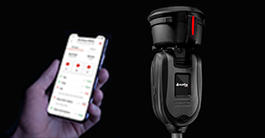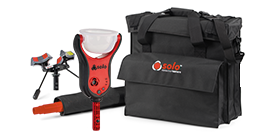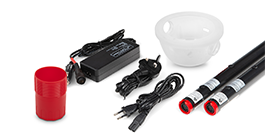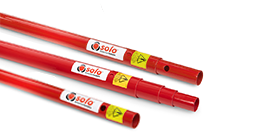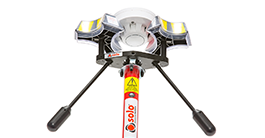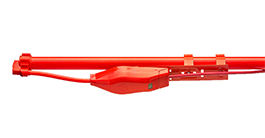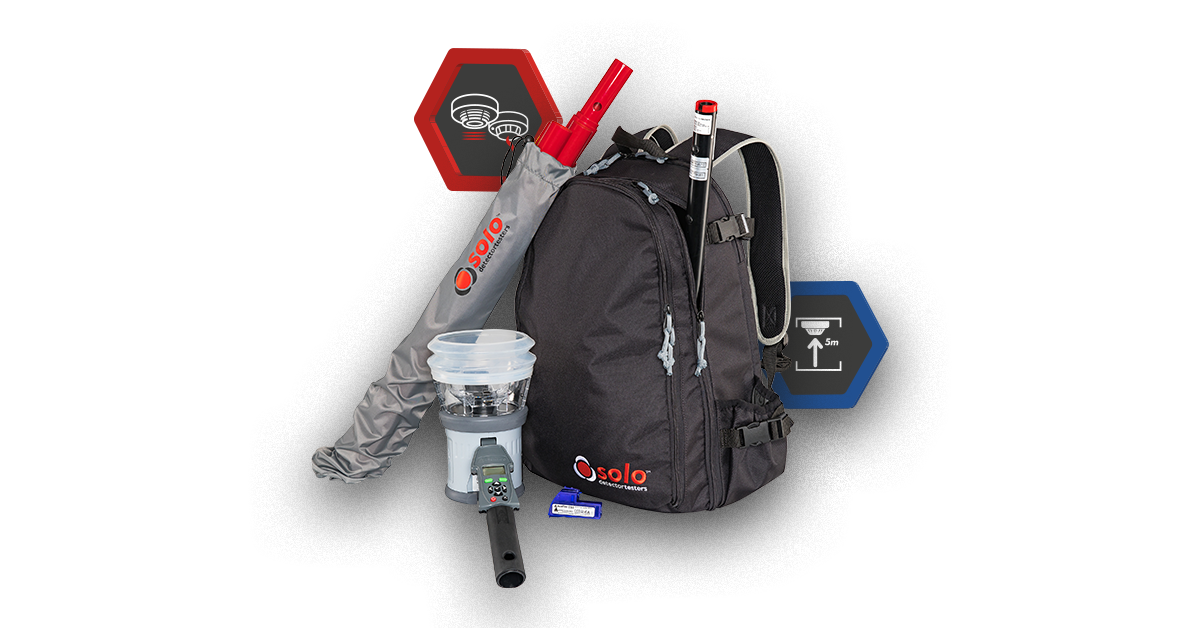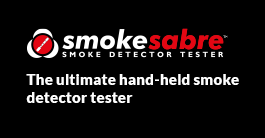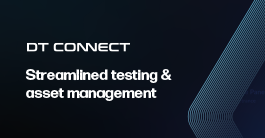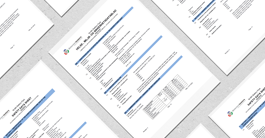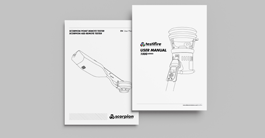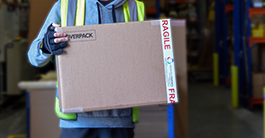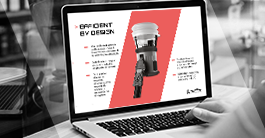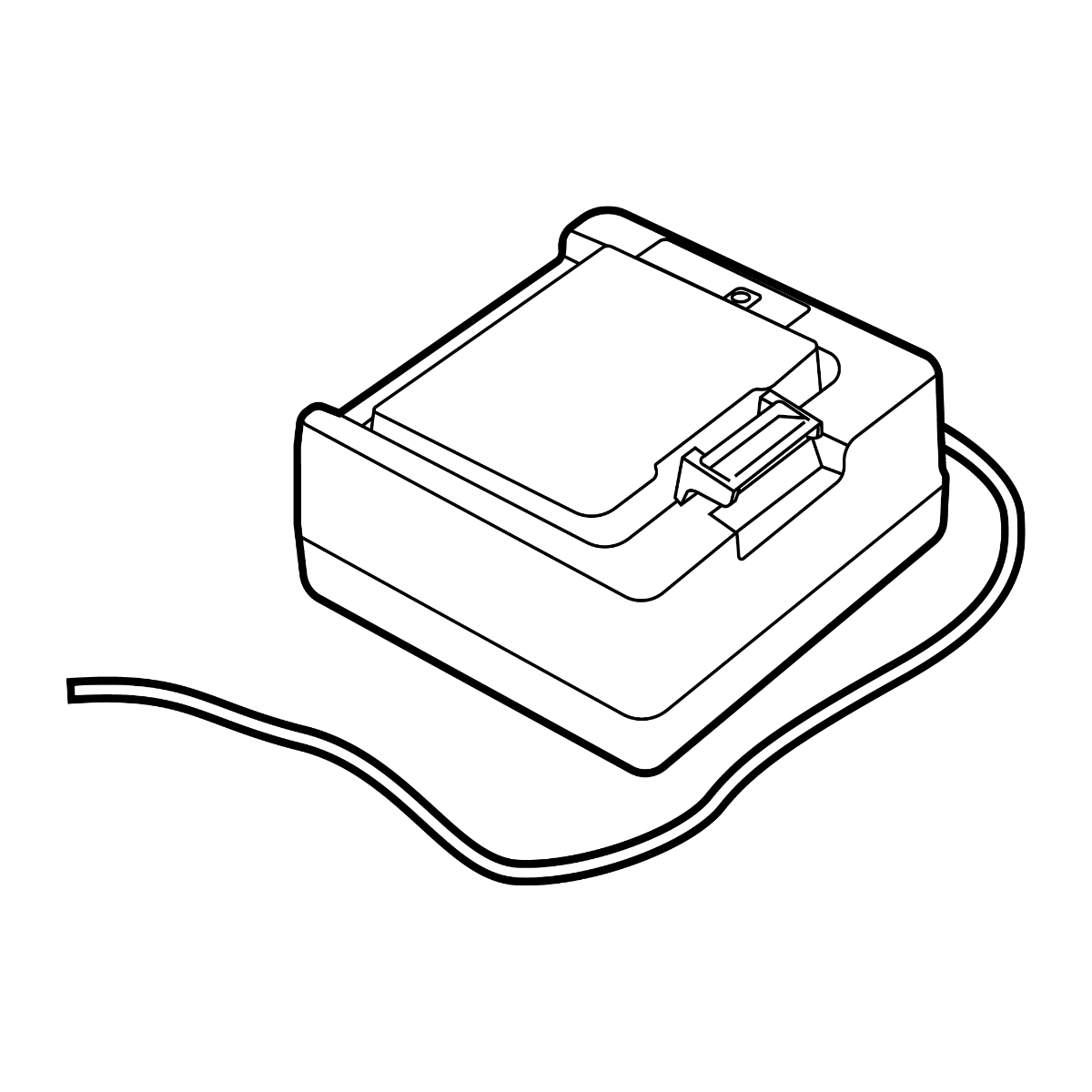How long does it take to fully charge the battery?
2 hours at 23°C
How long does it take to charge the battery to 50%?
Less than 1 hour
When charging the battery for 30 minutes, to what % is it charged?
Between 25-50%
How many smoke only tests do you get from a full battery?
550+ (20 seconds test)
How many standard heat only tests do you get from a full battery?
125-150 (30 seconds test)
How many high heat only tests do you get from a full battery?
65-70 (50 seconds test)
How many combined smoke-heat only tests do you get from a full battery?
300-320 (10 sec heat + 20 sec smoke)
How can you check the battery charge level on a battery?
1. View battery level on the screen of the unit or the App.
2. Click the button on the battery and view the LED feedback:
0 LEDs = flat battery 1 LED = 0-25% 2 LEDs = 26-50% 3 LEDs = 51-75% 4 LEDs = 76-100%
How do I know when the battery needs charging?
1. View battery level on the screen of the unit or the App.
2. Click the button on the battery and view the LED feedback:
0 LEDs = flat battery 1 LED = 0-25% 2 LEDs = 26-50% 3 LEDs = 51-75% 4 LEDs = 76-100%
How many charge cycles do you get out of a battery before it needs replacing?
300 cycles ~ 70% capacity
Can you plug the USB-C from the charger directly into a laptop to charge? Do you need the wall PSU?
It must be plugged into a wall using our charger. A USB port does not have the correct voltage output to charge our battery.
Can you use any car PSU to charge the battery?
No. Only approved chargers from Detectortesters are compatible (Part No. TESTIFIRE-CHA-001)
How do you know the charger is charging the battery?
The status LED on the charger dock will flash green every 1 second to indicate a battery is connected and charging
How do you know when the charger has fully charged the battery?
The status LED on the charger dock will remain solid green to indicate when a battery has reached full charge
How do you know when the battery is faulty?
The status LED on the charger dock will flash red every-one second to indicate a charging fault, which can indicate a battery fault. Try removing the battery, leave to cool to room temperature (the charger will suspend charging if battery is too hot, indication same as error) and reinsert the battery into the charger dock. If the problem persists the battery may be faulty
How do you know when the charger is faulty?
The LED pattern for a charging fault is a red flashing LED. Please note that the charger will also show this when charging is suspended due to high temperatures, and will resume when temperatures have naturally cooled. If the fault LED persists when the charger and battery have cooled to room temperature, there is a fault with the charger and/or battery.
Please note that the charger will also indicate if the power source is incompatible, by alternating the LED red and green.
How quickly does the battery discharge if not in use?
- In the unit it will last several months 100%-0%. There is a small power requirement from the drop detection function.
- Out of the unit the battery will last ~24 months 100%-0%. 9% reduction in first month and reducing after each month.
When should you charge the battery? At what level?
The battery can be charged at any level. It will not effect its lifespan.
How do you care/look after the battery? And safely.
From Data Sheet:
HANDLING AND STORAGE
When used correctly, Lithium-Battery-Packs / Rechargeable Lithium-Batteries provide a safe and dependable source of power. However, if they are misused or abused, leakage, venting, or in extreme cases explosion and / or fire may result.
Storage
- Store unused batteries in their original packaging and keep them away from metal objects which may short circuit them.
- Storing unpackaged cells together could result in cell shorting and heat build-up
- Store and display batteries in their original packaging in well ventilated, dry and cool conditions
- Avoid storing or display batteries in direct sun or in places where they get exposed to rain
- The normal storage of Lithium-ion Polymer Battery Pack is made at temperature between +10°C and +25°C, never exceeding +30°C
In this way the maximum shelf-life (i.e. max retention of cell performances after storage periods) of Lithium-Ion-Battery Pack is achieved - Storage temperatures above room temperature will increase the rate of selfdischarge, reducing the available capacity of the cell. Humidity above 95% R.H. and below 40% R.H. should also be avoided for sustained periods, as these extremes are detrimental to batteries
- Storing the cells / batteries at low temperature is also suggested, but attention
must be paid when transferring the cells to warmer environments, because of the possibility of having water condensing on to the cells (risk of short circuits) - Do not stack battery cartons on top of each other exceeding a specified height. The height is clearly dependent on the strength of the packaging. As for general rule this height should not exceed 1.5 m for cardboard packages or 3 m for wooden cases. The above recommendations are equally valid for storage conditions during prolonged transit. Thus, batteries should be stored away from
ship engines and not left for long periods in unventilated metal box cars (containers) during summer.
What type of battery is it?
Lithium-Battery-Pack
Can I use any other batteries?
No. Only approved battery packs from Detectortesters are compatible (Part No. TESTIFIRE-BP-001)
Can I buy a spare battery?
Yes. Spare batteries can be purchased directly from Detectortesters or your local authorised retailer (Part No. TESTIFIRE-BP-001)
Why don't you include a spare battery?
The XTR2 battery pack will deliver a full day of testing across a combination of smoke and heat tests
Can I use any USB Cable?
No. Only USB-C Power Delivery PD cables can be used. USB-C PD cables are specifically designed to handle higher power levels and ensure safe, efficient charging. Using a non-PD cable will prevent charging shown by the charger flshing Green / Red.
Can I use any USB power supply?
No. Only USB-C Power Delivery PD power supplies can be used. These power supplies are specifically designed to deliver higher power levels and ensure safe, efficient charging. Using a non-PD power supply will prevent charging.



